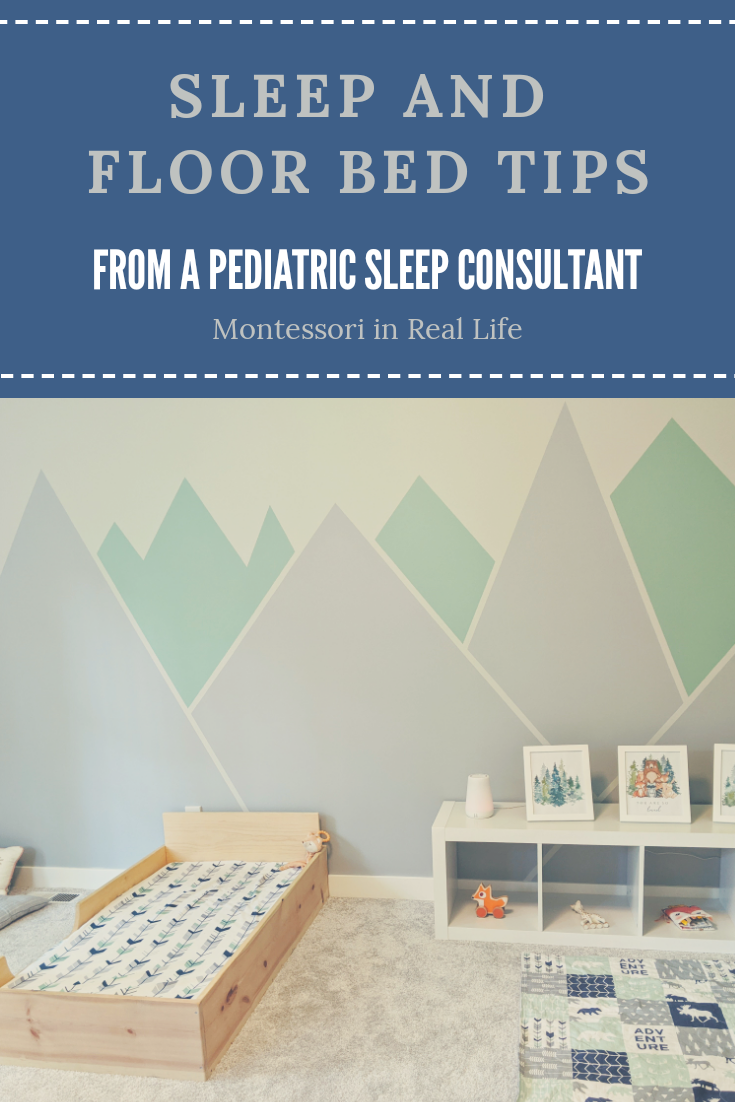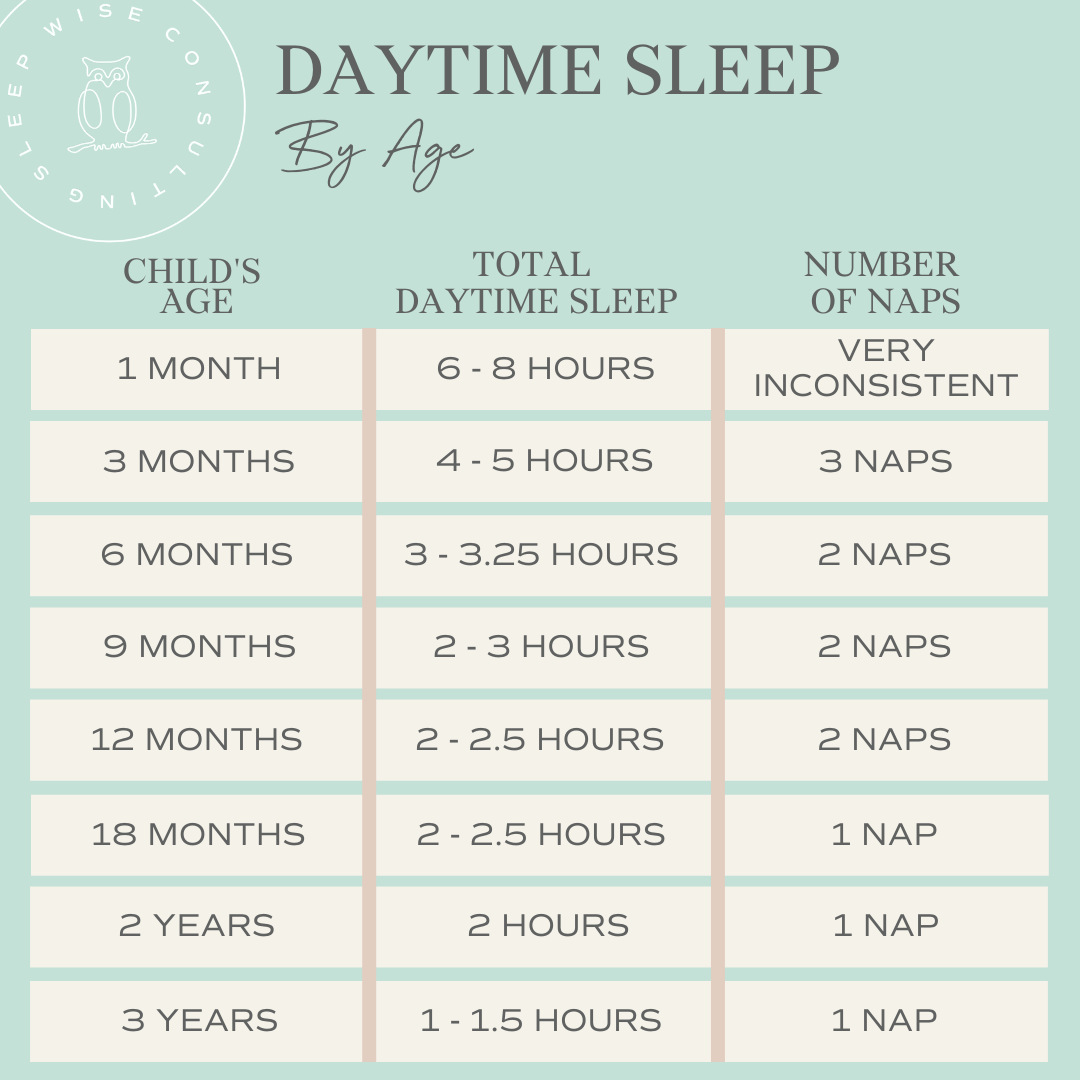Montessori Tips for Self-Dressing
Montessori in Real Life
Most of us with young ones have struggled with getting our kids dressed. Once a child is crawling, the struggle begins and it can either get easier or harder when they insist on “I do it!!” As you can imagine, it’s a lot easier when our children have the skills to match their will. The more toddlers and preschoolers can do themselves, the more enjoyable the dressing process is for everyone! Keep in mind every child develops these skills at different ages, but you can expect your 3-year-old to do everything (maybe barring shirts) on their own.
Though getting dressed takes us seconds, it can take children a whole lot of minutes. This is the time we have to really channel our inner-patience. Set aside time for your child to practice dressing when you are NOT rushing out the door. Let them layer on those pants and wear a puffy jacket around the house in the summer. The more practice, the easier and quicker getting dressed will be when you actually are in a hurry. It’s also useful to make sure they have a step stool or chair in their bedroom and by the front door to sit on to get dressed. Additionally, hooks for coats and clothing that is accessible will allow them greater independence and joy!
I recommend introducing one item of clothing a time. Expecting a child to put on socks, shoes, pants, and shirts all at once is asking too much if they are starting at ground zero. Similarly, each item of clothing should be broken down into steps. For example, putting on shoes can be broken down into at least five steps per shoe: figure out left vs. right — open the velcro — slide foot in — put heel in — velcro closed, and then repeat for the other foot. When we are helping our child learn how to put on their shoes, we can think about those steps backwards. This means, if there are six steps, let them do just teh last step. When they can do that independently, invite them to do the last two steps - and so forth.
Here are some tips to make independent dressing easier for your child:
Shoes - We have found simple, single or double velcro strapped sneakers to be the easiest for putting on. You want it to be sturdy so that it doesnt bend down when the child puts their foot in. Shoes with heel tabs or teaching them to use a shoe horn can also help a child get their heel in easily. You want to make sure the shoe isn’t too tight. You can even have an extra pair that’s a size too big for them to practice with (and they will grow into soon!)
These shoes by Ten Little are pretty awesome because they make it easy to differentiate left versus right. You can also DIY with a large sticker cut in half. Last year, we used a different sticker method, with red dots for left and blue for right. Show your child how you first match the shoes to make the sticker whole or match the colors, and then put the shoes on the correct feet.
Socks - Socks are often tricker than shoes for toddlers. To practice the motion of putting on socks, let your child stretch rubber hair bands. They can even practice pulling hair bands over their feet onto their ankles, and back off again. When you do introduce socks, make sure they are extra stretchy, no taller than ankle socks, and maybe a size bigger than their feet. Again, start by only pulling them over their toes and let them just pull over the heel, until they get the hang of that step.
Underwear - These are easier to get on than pants, so start here first. Show your child how you find the waistband (that’s where the tag is!) and turn the tag to the back. Then point out each hole where each leg goes. As mentioned above, break this into steps so that they help with the last step, and finally, the first. This means they start by simply puling up the waistband in the front, then the waistband in the front and back, and finally, putting both legs in and pulling all the way up. Allso, make sure they are sitting down when they begin to put on underpants, so they don’t have the added challenge of balancing in tree pose!
Pants - If the weather permits, start with shorts. The shorter the leg, the easier to put on! It is also helpful to find pants that are roomy, stretchy, and have elastic waistbands without buttons or zippers. Avoid leggings until they’ve mastered jogger-type pants! We use the same step-by-step method as with underwear.
Jackets - This is our favorite thanks to the “Montessori Coat Flip”! Putting on a coat can be made a lot easier for toddlers with this trick. Lay the coat out so the hood/tag is at your child’s feet. Show them how to insert their arms into the arm holes and then stand and flip the coat over their head. Voila! The zipper or buttons can be a bit trickier. I’d recommend offering practice with dressing frames, which make learnigng how to button/zip easier with the fabric pulled taut.
Shirts - Shirts are often the trickiest for children to put on and take offf themselves. Again, start by letting them do the last step. Pull the shirt over their head and have them find one arm hole at a time. When they can get their arms in on their own, show them how to find the neck hole (biggest one) and pull it over their head. Then let them try it all together. It is easiest to start with short-sleeved shirts and then move to long-sleeve. Once again, it’s also best to make sure the shirts are roomy rather than tight!
Don’t Correct!
When your child does figure out how to get dressed, there will likely be a lot of backwards and inside out clothing. That’s okay! If it’s not bothering them, let it go and do not say anything. We want them to be proud of what they’ve accomplished rather than frustrated about not getting it exactly right. If they are bothered by it, you can offer the least amount of help to get it turned around or corrected. Make sure to acknoweldge how far they’ve come in their self-dressing journey!
Note: This post contains affiliate links. If you purchase a product through one of these links, you won’t pay anything extra, but I will get a small commission, which helps keep this blog going. Thanks for supporting Montessori in Real Life!


















